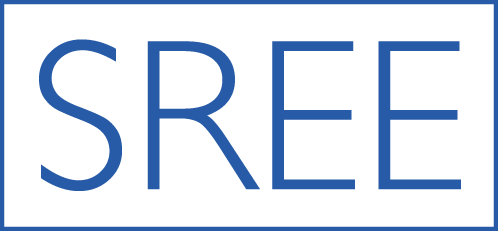Examining the Impact of QuickReads Technology and Print Formats on Fluency, Comprehension, and Vocabulary Development for Elementary Students
Summary by: Yining Hua
What is QuickReads Technology? Is it effective?
QuickReads (QR) is a curriculum that uses science and social studies texts to build reading skills. It has both print-only and technology + print formats and utilizes 15-minute instructional sessions built on a model with wide and long-lasting support in comprehension instruction. This study finds that QR enhanced students’ reading skills in all evaluated areas: reading fluency, reading comprehension, and vocabulary. The figure shows the outcome of the reading comprehension assessment. The three bars within each grade group represent students who 1) did not use QR (control), 2) used QR print materials, and 3) used QR technology-based and printed materials, respectively (from left to right). Across all grades, QR effectively enhanced students reading fluency.
